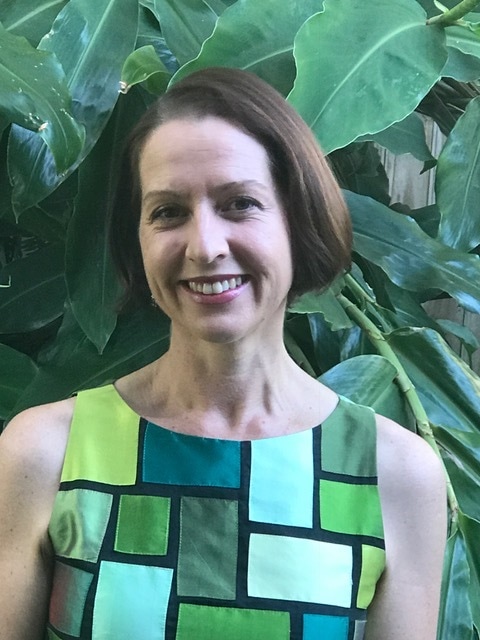|
STRATEGIES TO ENCOURAGE SPEECH DEVELOPMENT
Your speech pathologist can provide you with specific details on how to help your child produce particular sounds. However, these are some general strategies to use to help a child who has unclear speech. It will give you some general ideas before seeing a Speech Therapist. Get face to face Get down to your child’s level, so your child can see your mouth. Make sure your child is looking at your face when you model a word. It is difficult to copy words or sounds just by listening. It helps if your child can see how you move your lips, tongue and jaw to make the sound. Slow down Speak in a slow but natural way so your child is encouraged to speak at the same rate. Slowing down your speech when you are talking to your child will allow your child to hear and see all of the sounds involved in producing a word. This is especially important when words have more than one syllable and where there are lots of sounds to listen to. It also encourages your child to speak at a slower rate. Speaking quickly requires more refined coordination. Emphasise a sound Slightly exaggerate the sound you wish your child to say correctly, while still saying the word naturally. It will make the sound stand out a little more so they can clearly hear it. Instead of asking your child to repeat the word, model the word back emphasizing the sound in error correctly (e.g. Your child says, “I want the big tar”, you can say, “You want the big Car?”. Break up longer words into syllables and/or smaller words This can help your child say longer words that are tricky for them. This strategy is best used for words they have heard before and understand the meaning of. It may be easier for your child to break the word into parts and to slowly put the parts back together. Get them to watch you say it a few times before asking them to try to copy you. For example, if your child can say ‘flower’ but struggles to say the longer word ‘cauliflower’, try breaking it up into: Caul … Caul-i …. Caul-i-flower (and then show them how to put it back together slowly) …Cauliflower. For example: The word ‘kangaroo’ can be broken up into: Kang … Kang-a … Kang-a-roo … (and then put back together slowly) … Kangaroo Self monitoring and offering choices Only use this strategy if your child can say the sound correctly in some words, recognise when they have said a word the wrong way and are able to fix it up easily. If they aren’t able to say the sound, offering choices would not be helpful. This skill often develops around the age of 4 years. For example, if your child has trouble saying the ‘k’ sound at the start of some words but can sometimes say it correctly you might ask them, did you mean ‘tea’ or ‘key’ if they’ve said, “here are your teas” for ‘here are your keys’. As they get really good at fixing up their words, try to encourage your child to notice when they have said the wrong sound. Gently remind them when they forget to use the right sound and ask them to fix it up. Keep this a positive and fun experience for your child. Praise all attempts by your child, even if it was not correct. For example: “Great try or I can see you are trying very hard.” Listening games Read books to your child that are loaded with the sound they are having trouble saying. For example, if they’re having trouble with the ‘sh’ sound read them ‘The Green Sheep’ book every night for a week to tune their ear into hearing how that sound is used in words. Sometimes pause before you say the word ‘sheep’ while you are reading, wait for them to look up at your face to see why you have paused, continue reading once they’ve looked up at your face. This will ensure they are seeing and hearing how to say the target sound in words that you want them to focus on. While talking with your child, make an error in your own speech to see if your child notices. For example: if your child has trouble with the sound ‘k’, you could say ‘tup please’ for ‘cup please’ If your child notices the error, give them praise. If you child does not notice the error, point it out yourself. You could say ‘Whoops. I said ‘tup’ instead of cup!’ Model If your child says the wrong sound in a word (“tite” instead of kite), get them to look at you and say the word to them correctly. For example, you could say ‘Yes that is a kite. It’s a blue kite.’ Say the word with the correct sound and try to use the word many times in the conversation or during a play activity so they can see how to say it the right way. You don’t need to ask the child to repeat it or add further explanation – they are learning how to say it just by watching and hearing you say it. Sometimes a child needs to hear and see how to say a word many times (e.g. 30+ times) before they feel confident to give it a go themselves. Praise self-corrections Give specific praise to children when you notice self corrections (fix ups without your prompting). For example: you could say “You fixed that one up, super talking! First you said ‘dun’ and then you fixed it up all by yourself and said ‘sun”. Important advice: Be aware of the child’s errors and what is expected for his or her age. Expect your child to make some mistakes, as learning to say all speech sounds correctly takes time. In young children learning to speak, speech errors are quite common. By 3 years of age you should be able to understand your child at least 75% of the time. Promote good hearing. Good hearing is essential for the development of normal articulation. If you have concerns with your child’s speech skills, it is always a good idea to have his/her hearing assessed. If you are concerned about your child’s speech production please contact Speech Smart Therapy for an assessment, we are here to help! Sarah Creagh Private Speech Pathologist Speech Smart Therapy |
Author - Sarah CreaghI'm a speech pathologist with a passion for working in partnership with parents to support children to reach their maximum potential. Archives
September 2018
Categories
All
|



 RSS Feed
RSS Feed

